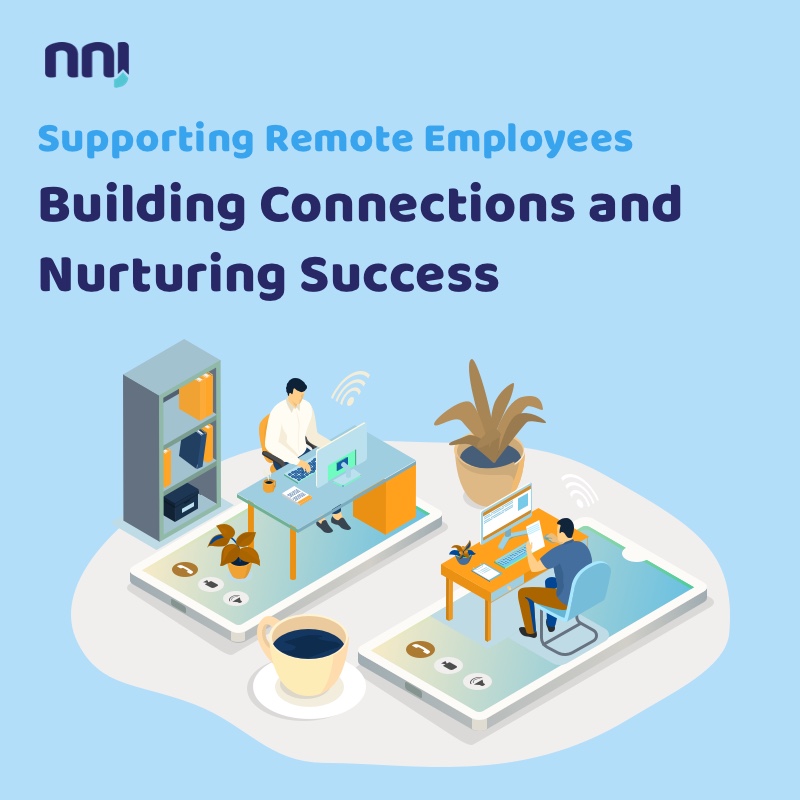As remote work continues to soar in popularity, organizations are recognizing the importance of providing robust support for their remote employees. By fostering a supportive and engaging environment, businesses can empower their remote workforce to thrive and contribute to the overall success of the company. Here are some key strategies to support remote employees and create a strong virtual team!
1️⃣ Transparent and frequent communication: Establish open lines of communication to bridge the physical distance between remote workers. Encourage regular updates, virtual team meetings, and utilize various communication channels (e.g., video conferences, instant messaging) to ensure effective collaboration and minimize feelings of isolation.
2️⃣ Flexibility and work-life balance: Recognize that remote employees often have unique scheduling needs and responsibilities outside of work. Adopt a flexible approach to accommodate various time zones and personal commitments, promoting a healthy work-life balance that fosters well-being and productivity.
3️⃣ Clear expectations and goals: Provide remote employees with clearly defined goals, expectations, and deadlines. This helps them stay focused, motivated, and aligned with their team and organization’s objectives. Regularly communicate feedback and recognize their achievements to keep them engaged and motivated.
4️⃣ Continuous learning and skill development: Offer learning opportunities and resources to support remote employees’ professional growth. Promote webinars, virtual training sessions, or access to online courses to enhance their skills and knowledge. Empower them to expand their capabilities and stay up-to-date in their roles.
5️⃣ Virtual team-building activities: Foster a sense of camaraderie and connection through virtual team-building activities. Organize online events, such as virtual happy hours, game nights, or even fitness challenges, to strengthen relationships and build a strong remote community.
6️⃣ Technological empowerment: Equip remote employees with the necessary tools and technologies to effectively perform their roles. Ensure they have reliable hardware, access to collaboration platforms, and secure networks to support their work. Regularly assess and invest in the right technology to enhance their productivity and connectivity.
7️⃣ Mental health support: Remote work can sometimes lead to feelings of isolation or stress. Implement strategies to support employees’ mental health, such as providing access to counseling services, fostering a culture of work-life balance, and encouraging open conversations about well-being. Regular check-ins and team activities can also help combat feelings of isolation.
8️⃣ Recognition and rewards: Celebrate remote employees’ achievements and hard work. Implement recognition programs or virtual appreciation events to acknowledge their contributions publicly. Encourage peer-to-peer recognition to foster a sense of belonging and appreciation within the virtual team.
9️⃣ Feedback and growth opportunities: Establish regular feedback loops with remote employees to ensure they receive guidance, mentorship, and opportunities to grow professionally. Provide constructive feedback and encourage open conversations about their career aspirations and development goals.
🔟 Prioritize inclusivity and diversity: Create an inclusive remote work environment where everyone feels valued and respected. Promote diversity in teams, ensure equal opportunities for all employees, and actively seek diverse perspectives and input.
By prioritizing the well-being, growth, and connectivity of remote employees, organizations can build a thriving virtual workforce. Supporting remote employees not only fosters their success but also contributes to the overall resilience and success of the organization in an evolving work landscape.




